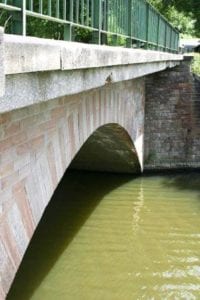In a context where the uneven distribution of water resources and rainfall pattern variability are worsened by the impacts of climate change, and where unprecedented population growth is leading to a sharp rise in water demand, increasing water security through the development of water infrastructure has become paramount for Africa.
By Daniel Verdeil, Water Resources Management Specialist African Water Facility While the continent boasts quite a large number of basins, lakes and rivers, many countries are not leveraging the full potential of their surface and groundwater resources to meet growing demands in water, energy and food. Even though lack of investment remains the biggest issue to overcome, the general lack of capacity to develop water infrastructure and address sector challenges remains one of the most important stumbling blocks preventing the African water sector to thrive.Potential untapped, needs unmet
As a whole, the continent only utilises four per cent1 of its water resources: current infrastructure only allows for the irrigation of seven per cent of arable lands compared to a global average of 20 per cent – and only eight per cent of the hydropower potential has been developed. Yet there is paradox in the fact that the continent imports a significant share of its needs in cereals, when it could be grown at home if irrigation areas were further expanded.Meanwhile, the energy demand has increased sharply due to a decade of steady growth, but most of it is unmet because the energy sector is unable to catch up, a situation that could be avoided given the continent’s enormous hydropower potential.
In addition, in the few river basins where water is intensively used, water allocation becomes a source of conflict as in the Nile River Basin. Read more here. –African Water Facility







